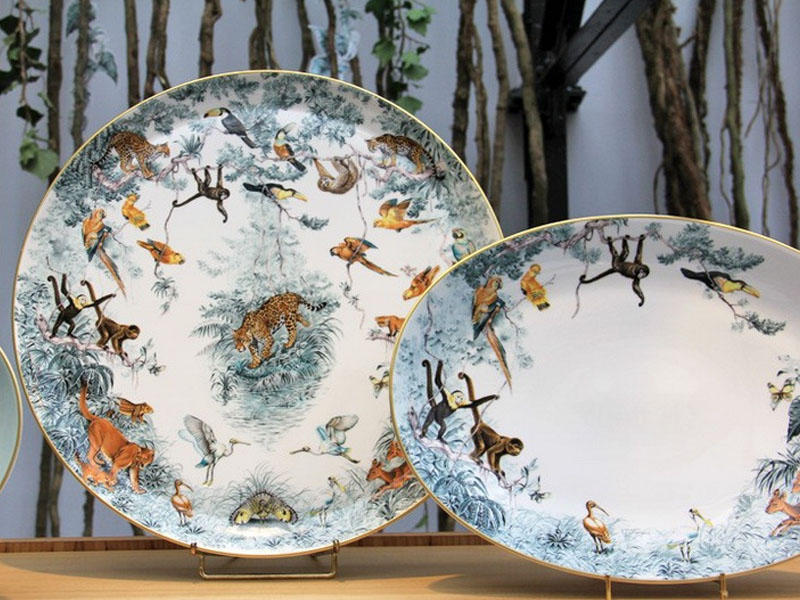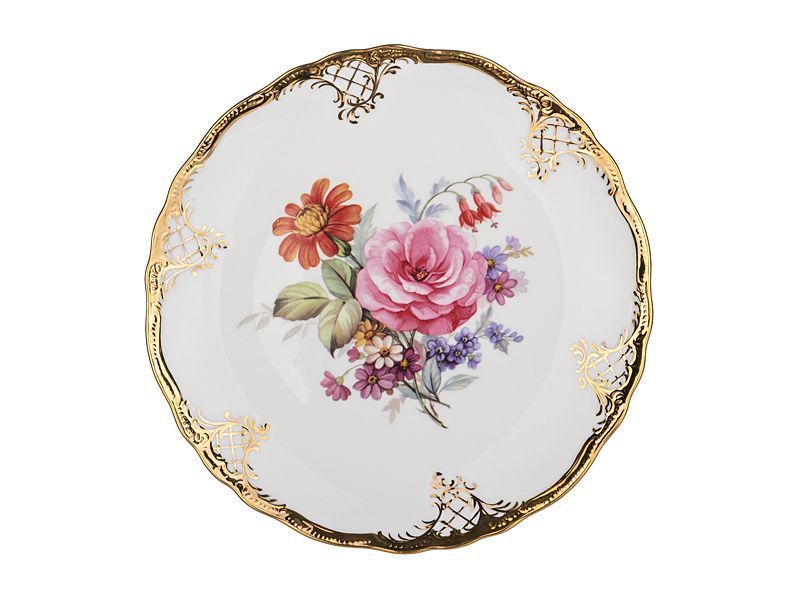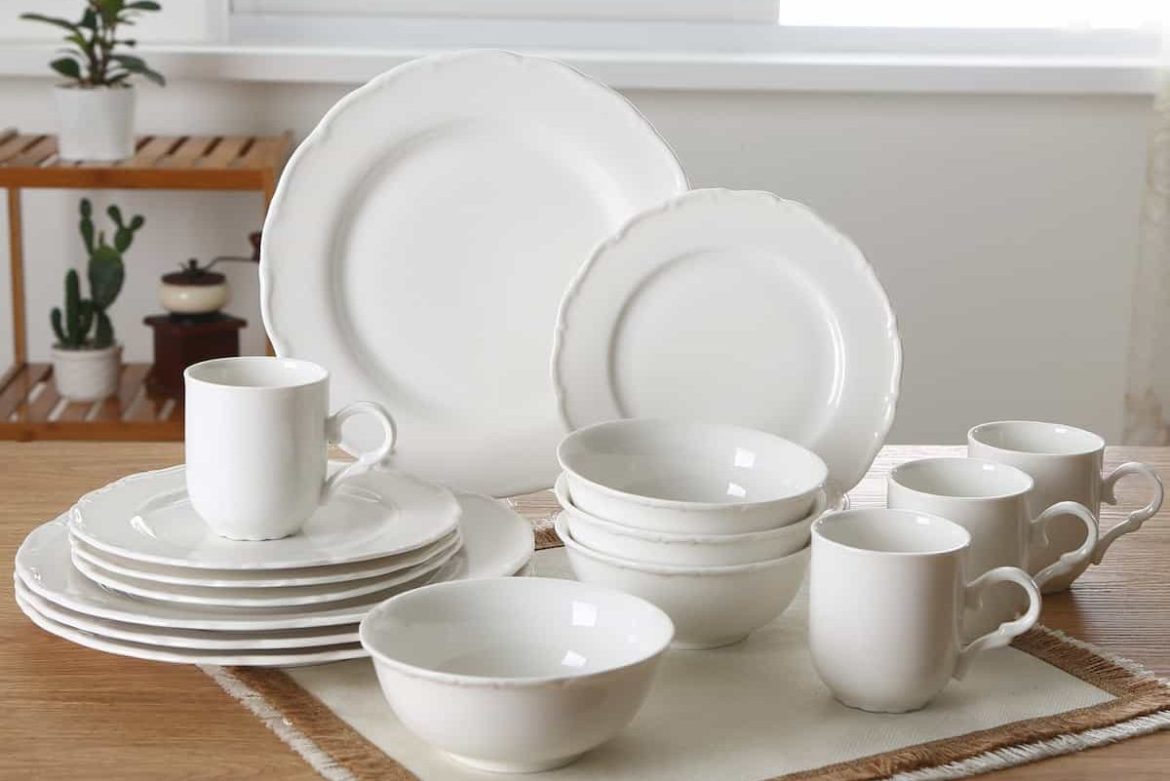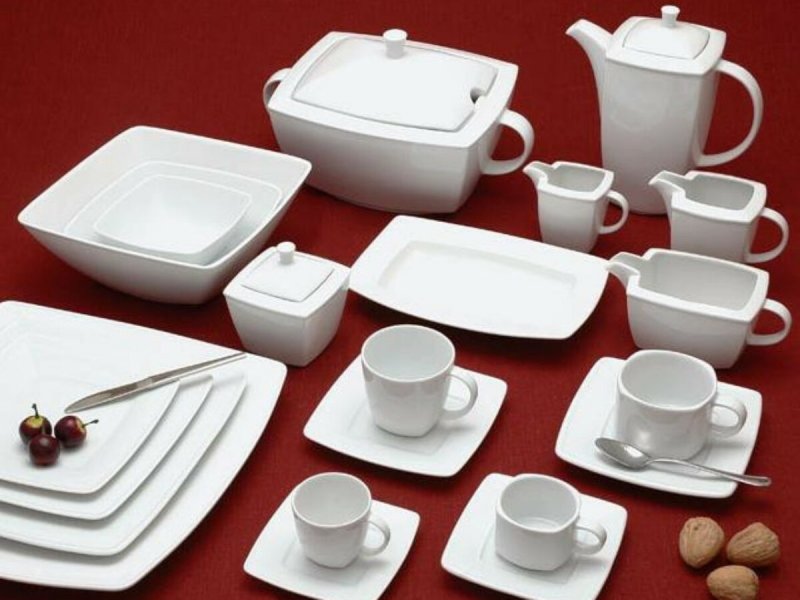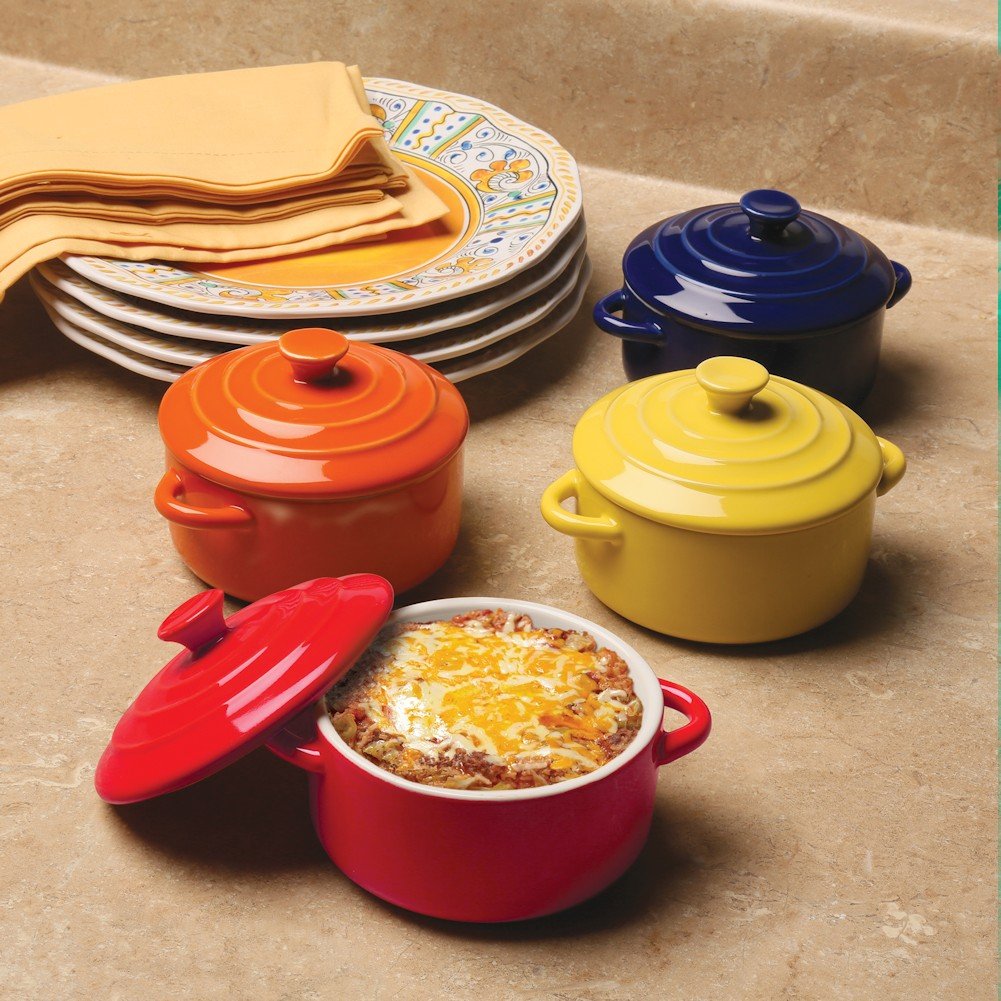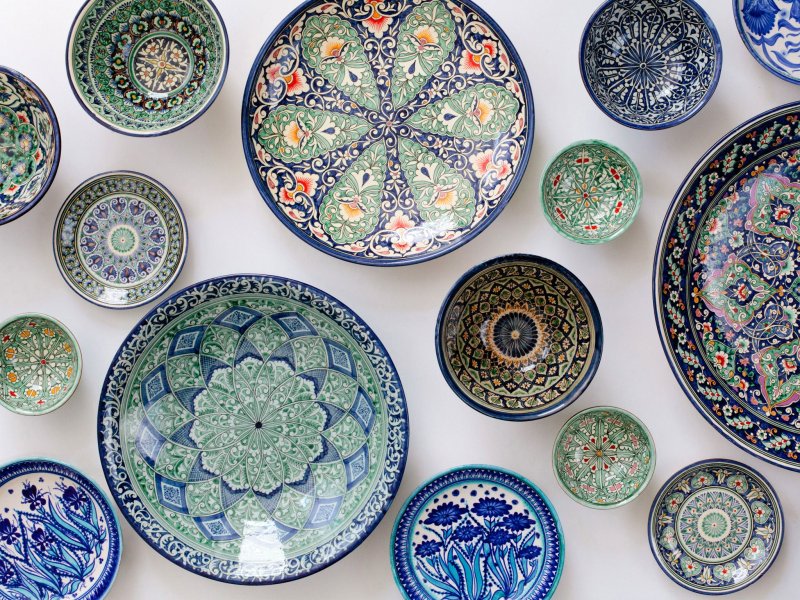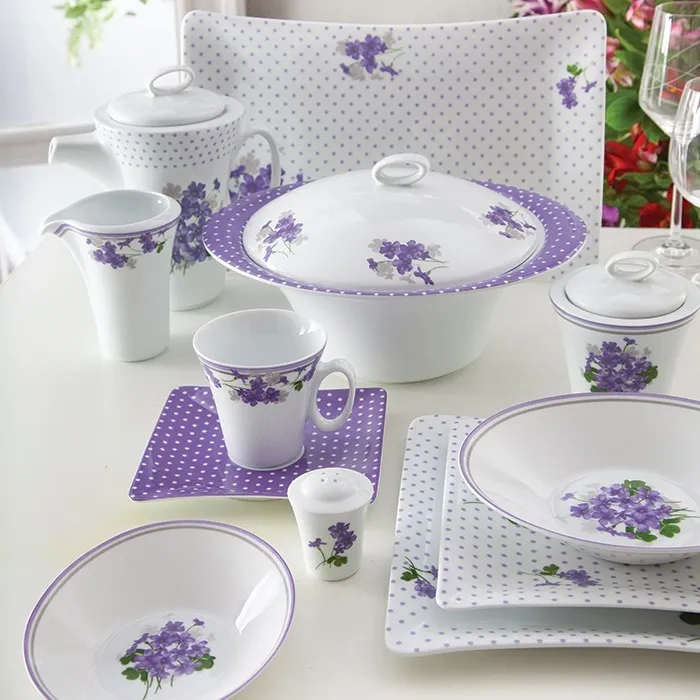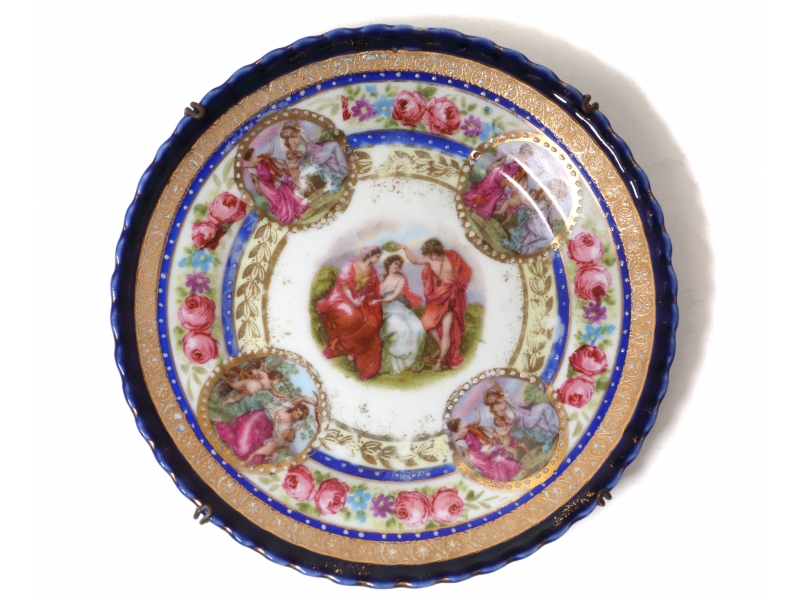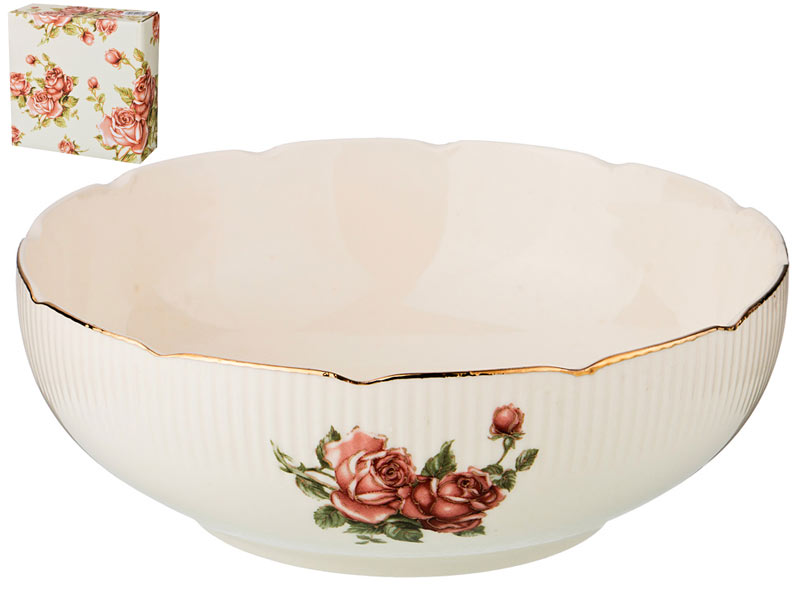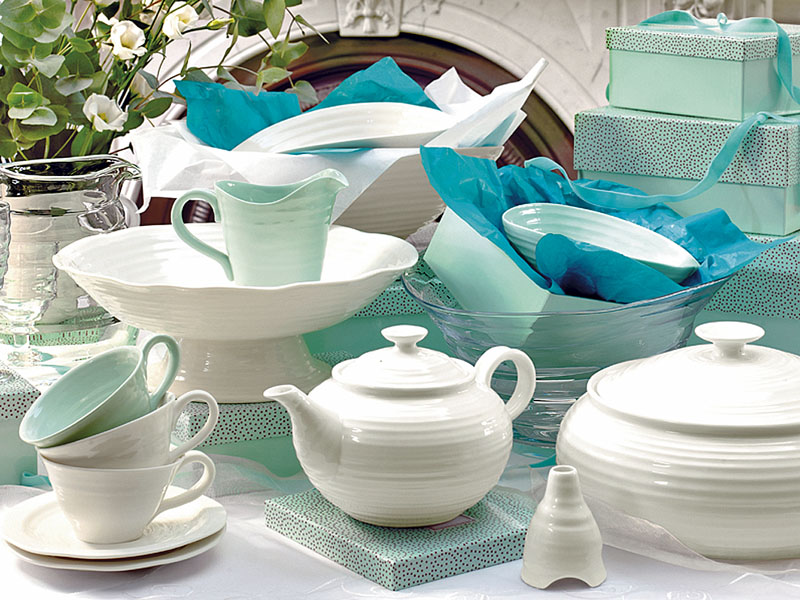Chinese porcelain plates have a rich history that spans centuries. Renowned for their exquisite craftsmanship and artistic designs, these plates have been treasured and admired by people all over the world. In this summary, we will explore the origins of Chinese porcelain plates, their significance in Chinese culture, the production process, and the various types and styles that have emerged throughout history.
Chinese porcelain production dates as far back as the Tang Dynasty (618-907 AD). However, it was during the Song Dynasty (960-1279 AD) that Chinese porcelain reached its zenith in terms of both quality and artistic expression. The desire to discover the secret recipe for porcelain led to the establishment of Jingdezhen, a city in Jiangxi province, as the porcelain capital of China. Positioned near the rich sources of clay and minerals needed for porcelain production, Jingdezhen became the hub for skilled artisans who contributed to the development of Chinese porcelain plates.
The significance of Chinese porcelain in Chinese culture cannot be overstated. Historically, porcelain was prized for its durability, elegance, and association with high social status. Emperors and noble families would commission porcelain plates to display their wealth and appreciation for the arts. Imperial workshops were established during different dynasties to produce porcelain specifically for the royal court. These plates often displayed intricate motifs, symbols of good luck, or scenes inspired by nature.
The production process of Chinese porcelain plates is a laborious and complex one. It starts with the selection of the clay, which must be of the highest quality to ensure the durability and translucency of the final product. The clay is then finely ground and mixed with water to achieve the desired consistency. The plates are shaped either by hand-throwing on a potter’s wheel or using molds. After the plates have been shaped, they are left to dry slowly to prevent cracking.
Once dry, the plates are fired in a kiln at extremely high temperatures, usually between 1,200 and 1,400 degrees Celsius. This firing process, known as “biscuit firing,” strengthens the plate and prepares it for glazing. Glazes, which are made from various metal oxides, are applied to the plate surface to create a smooth, glass-like finish. The plates are then fired for a second time to fuse the glaze to the surface of the porcelain. This final firing gives the plates their characteristic hardness and lustrous appearance.
Chinese porcelain plates come in a wide range of types and styles, each representing different periods and artistic influences. Some of the most famous types include blue and white porcelain, which emerged during the Yuan Dynasty. This style features intricate cobalt blue designs on a white background and reflects the influence of Islamic and Persian art.
Another popular style is the famille rose porcelain, which originated during the Qing Dynasty. This style is known for its vibrant colors and intricate painting techniques, often depicting scenes, figures, and flora. Famille verte porcelain, on the other hand, is characterized by a palette of predominantly green and yellow colors, with depictions of nature scenes and mythical creatures.
In addition to these, there are various other styles, such as monochrome porcelain, which focuses on the play of different shades of a single color, and celadon porcelain, known for its pale green glaze. Each style has its own unique beauty and allure, attracting collectors and enthusiasts from all over the world.
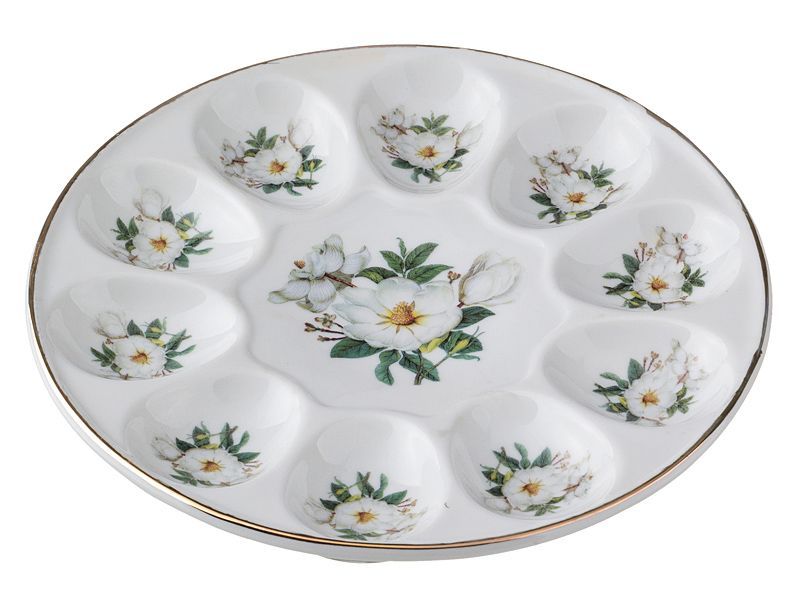
Chinese porcelain plates have not only been treasured for their aesthetic qualities but also for their historical and cultural significance. They serve as artifacts that provide insights into Chinese history, trade, and artistic innovation. Through the designs and motifs depicted on these plates, we can learn about the values, beliefs, and cultural exchanges that shaped Chinese society throughout different dynasties.
Today, Chinese porcelain plates continue to be highly sought after and appreciated by collectors, museums, and individuals who appreciate their beauty and historical value. The craftsmanship and attention to detail that go into creating these plates make them timeless pieces of art that transcend geographical and cultural boundaries.
In conclusion, Chinese porcelain plates have captivated the world with their exquisite craftsmanship and artistic expression. With a rich history spanning centuries, these plates hold significant cultural and historical value. From their origins in Jingdezhen to their representation of various artistic styles, Chinese porcelain plates have left an indelible mark on the world of art and continue to be cherished by many.Chinese Porcelain Plates: A Lucrative Business Venture
Introduction:
Chinese porcelain plates have not only captured the hearts of collectors and art enthusiasts but also present a lucrative business opportunity. The market for Chinese porcelain plates is highly active, with consistent demand from collectors, museums, and individuals seeking to add these exquisite pieces of art to their collections. In this article, we will delve into the business aspects of Chinese porcelain plates, including market trends, investment potential, and strategies for success.
1. The thriving market for Chinese porcelain plates:
The market for Chinese porcelain plates is robust and continues to thrive. Collectors and investors seek out rare and valuable pieces, driving up prices and creating a competitive marketplace. Established auction houses, antique dealers, and online platforms provide channels for buying and selling Chinese porcelain plates, making it accessible to a wide range of buyers.
2. Factors influencing the value of Chinese porcelain plates:
Several factors influence the value of Chinese porcelain plates, making it essential for businesses to have a solid understanding of these factors. Age, rarity, condition, and provenance are crucial determinants of a plate’s value. Plates from earlier dynasties, such as the Ming or Qing Dynasties, are typically more valuable than those from later periods. Additionally, plates with exceptional craftsmanship, unique designs, or historical significance fetch higher prices.
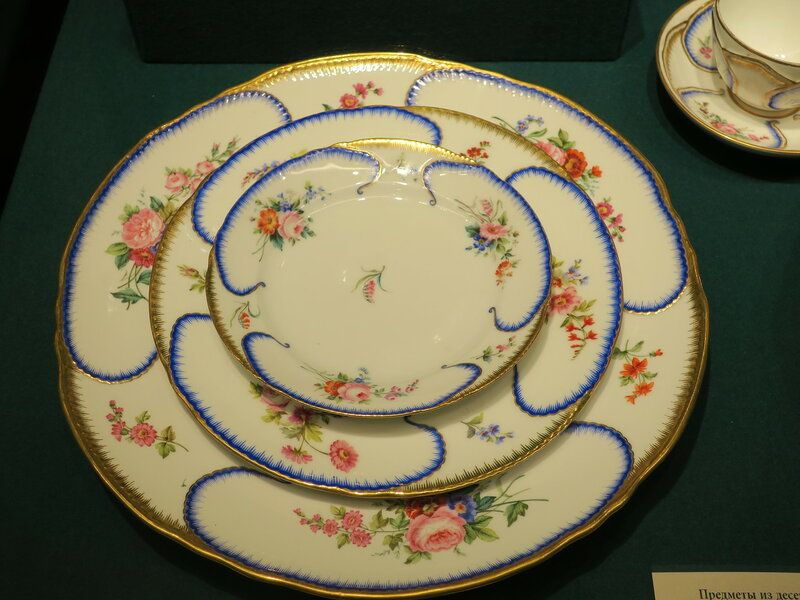
3. Investing in Chinese porcelain plates:
Chinese porcelain plates serve as a valuable investment opportunity. As the demand for these plates steadily increases, so does their value. Investors can acquire rare and high-quality pieces, hold onto them for the long term, and potentially enjoy considerable financial returns. However, it is essential to conduct thorough research, seek expert advice, and possess a deep understanding of the market to make informed investment decisions.
4. Authentication and appraisal:
Authenticity is a paramount concern when dealing with Chinese porcelain plates. Due to the presence of counterfeits in the market, businesses must invest in expert authentication services to ensure the plates they acquire are genuine. Similarly, professional appraisal services help determine a plate’s true value, considering factors such as authenticity, condition, and market demand.
5. Cultivating a network of reliable suppliers:
To establish a successful business in the Chinese porcelain plate industry, it is crucial to cultivate a network of reliable suppliers. Developing relationships with reputable antique dealers, auction houses, and collectors can provide access to a steady supply of authentic and desirable plates. Additionally, networking within the industry can offer valuable insights, market trends, and potential investment opportunities.
6. Establishing an online presence:
In today’s digital age, establishing an online presence is essential for any business, including those dealing with Chinese porcelain plates. Creating a well-designed website or online store allows businesses to showcase their collection, attract potential customers, and conduct transactions. A strong online presence also enables businesses to reach a broader international market, including collectors and enthusiasts from all around the world.
7. Building a reputation for quality and authenticity:
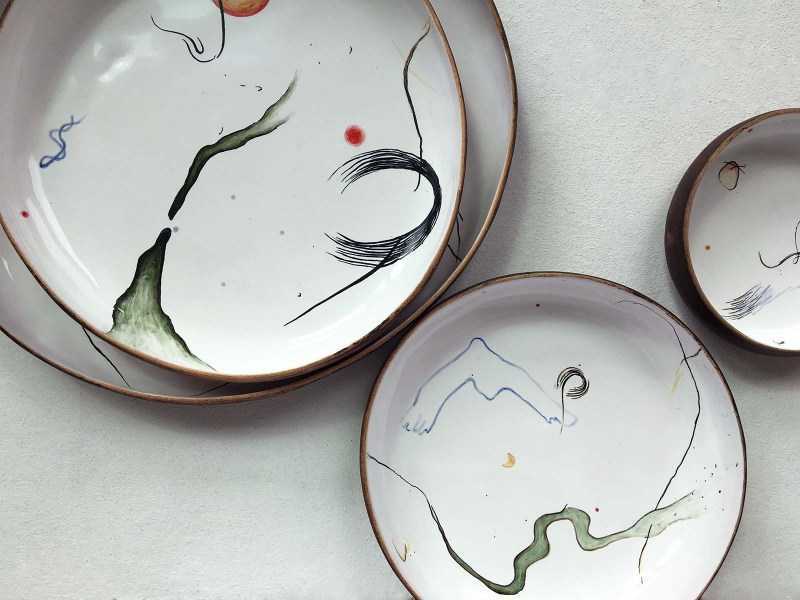
Reputation plays a significant role in the Chinese porcelain plate business. Businesses should prioritize offering high-quality, authentic pieces to build trust with customers and create a positive reputation in the market. Providing accurate descriptions, detailed photographs, and transparent information about the plates’ origins and characteristics are essential in gaining the trust of buyers.
8. Diversifying the range of offerings:
To cater to a broader range of customers and meet varying tastes and preferences, businesses can diversify their offerings. Alongside traditional Chinese porcelain plates, offering related items such as vases, bowls, teacups, and figurines can attract different segments of the market. Additionally, considering different artistic styles and periods can broaden the appeal of the collection.
9. Collaborating with experts and consultants:
In the Chinese porcelain plate business, collaborating with experts and consultants can greatly benefit businesses, particularly those new to the industry. Experts can provide guidance on sourcing, authentication, appraisal, and market trends. They can also assist in identifying potentially valuable plates, offering insights into investment opportunities, and providing expertise on Chinese porcelain history and craftsmanship.
10. Engaging in targeted marketing and promotion:
Marketing and promotion play a vital role in reaching potential buyers and creating awareness about the business. Utilizing online advertising, social media platforms, and participating in relevant trade shows or exhibitions can help showcase the collection to a wider audience. Engaging with collectors, museums, and art publications can also elevate the visibility and reputation of the business.
Conclusion:
The business potential of Chinese porcelain plates is evident in the thriving market, increasing demand, and potential for investment returns. By understanding market trends, investing in authentication and appraisal services, cultivating reliable supplier networks, and establishing an online presence, businesses can position themselves for success in the Chinese porcelain plate industry. With a focus on quality, authenticity, diversification, collaboration with experts, and targeted marketing, entrepreneurs can tap into this lucrative market and build a thriving business around these exquisite works of art.
